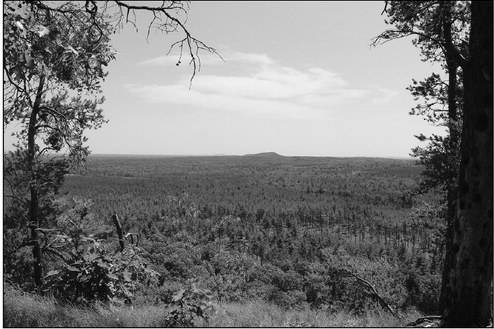Off the Beaten Path…


Each week in July, read about our series of adventures in Clark County to littleknown or forgotten places, explored by Valorie Brecht or Cheyenne Thomas.


Each week in July, read about our series of adventures in Clark County to littleknown or forgotten places, explored by Valorie Brecht or Cheyenne Thomas.